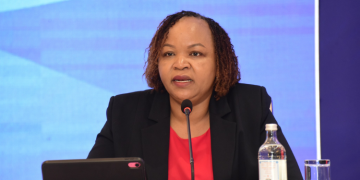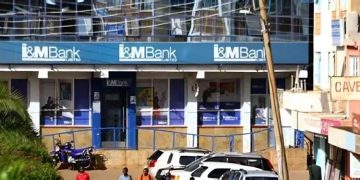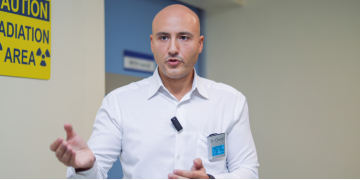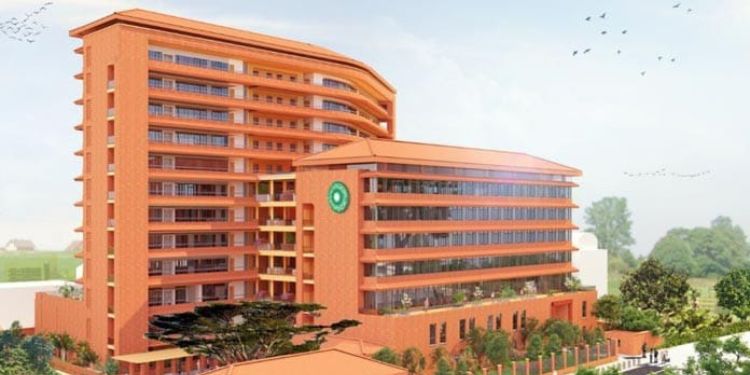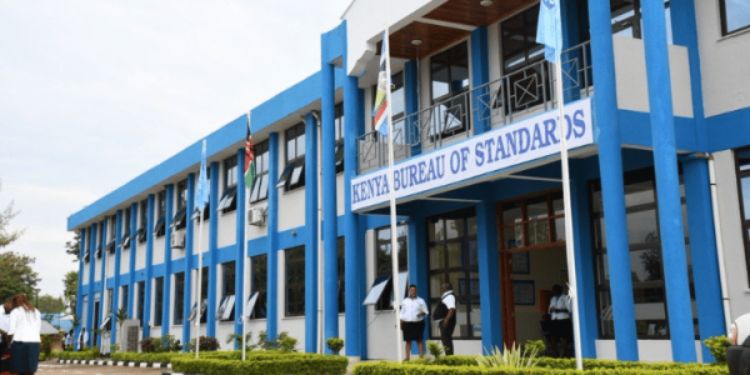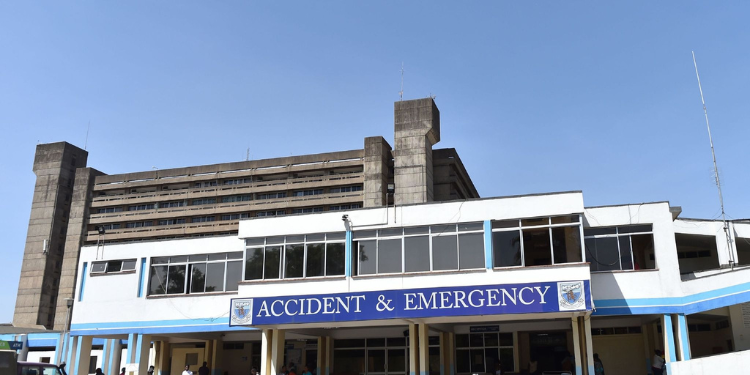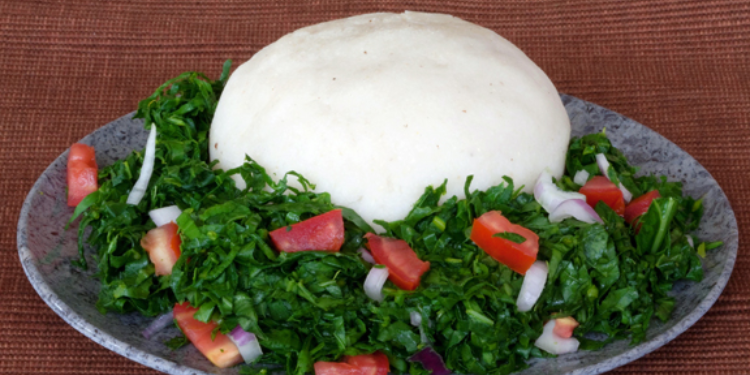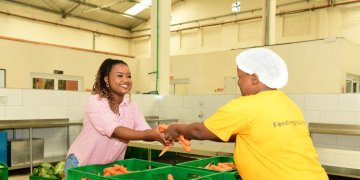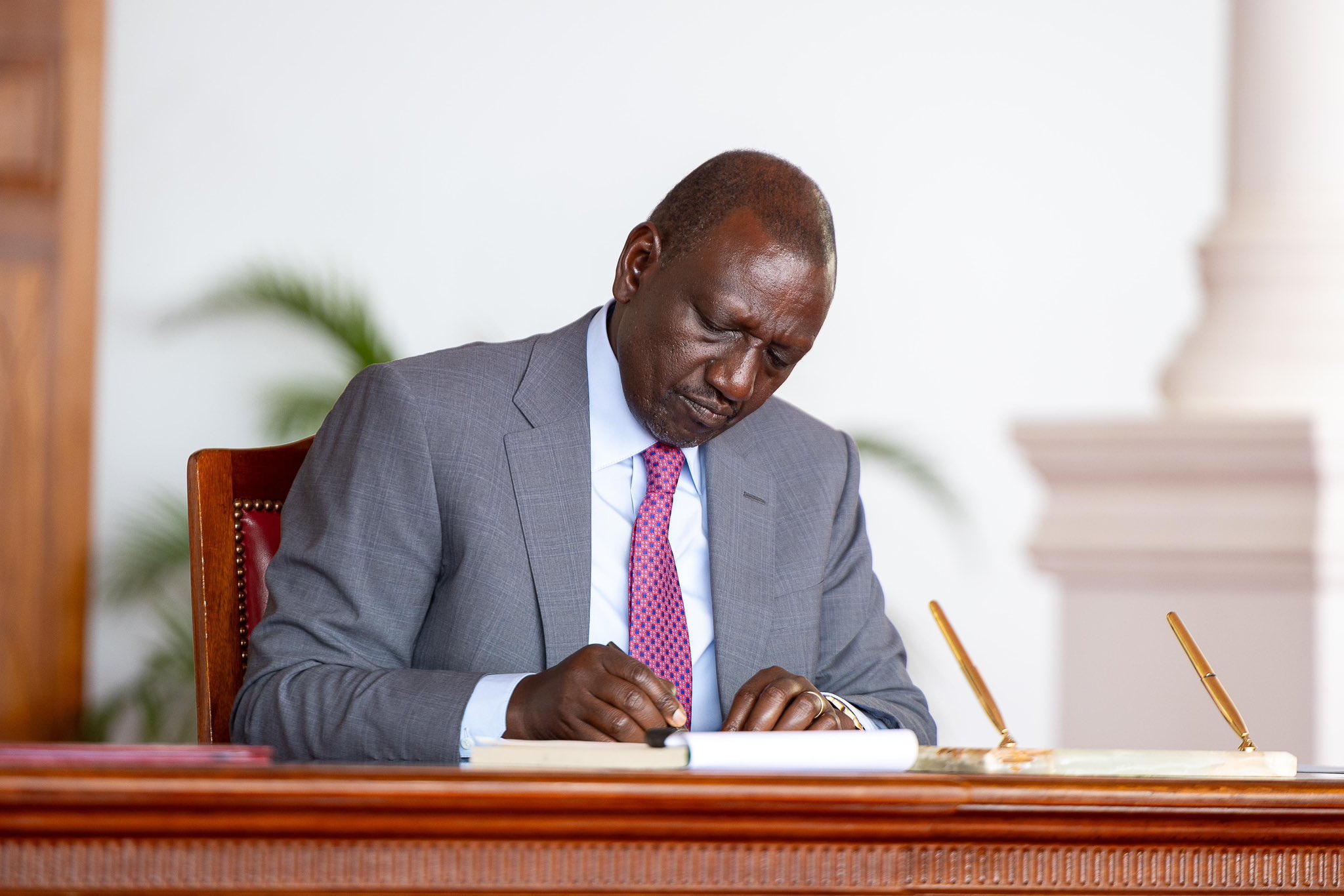The Kenya Association of Manufacturers (KAM), in a meeting held earlier today with the Kenya Sugar Board CEO, Jude Chesire, consulted on issues affecting the sugar manufacturing and processing sector, particularly the Sugar Development Levy and its impact on manufacturers.
The sugar levy, which was reintroduced in July 2025, raises costs for millers and importers by taxing ex-factory prices and imports.
Also Read: Govt Announces Mandatory Registration for All Sugar Re-Packagers
During the meeting, KAM highlighted proposals to promote efficiency, competitiveness, and sustainability in the sugar industry.
These requests included:
- The exemption of sugar exports from the Sugar Development Factory Levy to enhance the competitiveness of Kenyan sugar in regional and international markets,
- The exemption of registered manufacturers who import white refined industrial sugar strictly for industrial use from the Sugar Development Levy (SDL), to reduce production costs and encourage industrial growth.
- The development of a comprehensive five-year strategic plan to strengthen sugar cane production, ensuring adequate and consistent supply for both local consumption and industrial use.
These proposals come amid a 16% decline in national sugar output during the first half of 2025, driven by high costs and supply issues.
The Kenya Sugar Board expressed its commitment to supporting the manufacturing sector by facilitating the removal of the proposed KES 7.5 increase in excise duty on sugar and advocating for the elimination of biosafety fees currently charged to manufacturers.
Also Read: Why Govt Won’t Cut Sugar Levy Below 4%
These duties were imposed in late 2024, increasing from KSh5 to KSh7.5 per kilogram of imported sugar.
The exemptions are intended to create a more conducive operating environment, thereby lowering manufacturing costs and enhancing competitiveness across the region.
The engagement marks a critical step towards fostering collaboration between regulators and industry players, with the shared goal of revitalizing the sugar sector, safeguarding local production, and promoting sustainable industrial development in Kenya.
Though some of the levies seem to be choking the productivity and distribution of sugarcane, which happens to be a dependent crop, especially in the western part of the country, some levies were meant to bring positivity in the industry and ease production in the long run.
Also Read: Relief for Kenyans as Sugar, Maize Flour, and Gas Prices Shift
The 5-year cane plan proposed by KAM boosts productivity and stabilizes prices for cane growers, thereby reducing imports and enhancing GDP contribution.
SDL revenues, if effective, could help reverse declines as the government targets self-sufficiency by 2027 through the exercise of mill leases and private investment, which could also create jobs through infrastructure and all.
Follow our WhatsApp Channel and X Account for real-time news updates



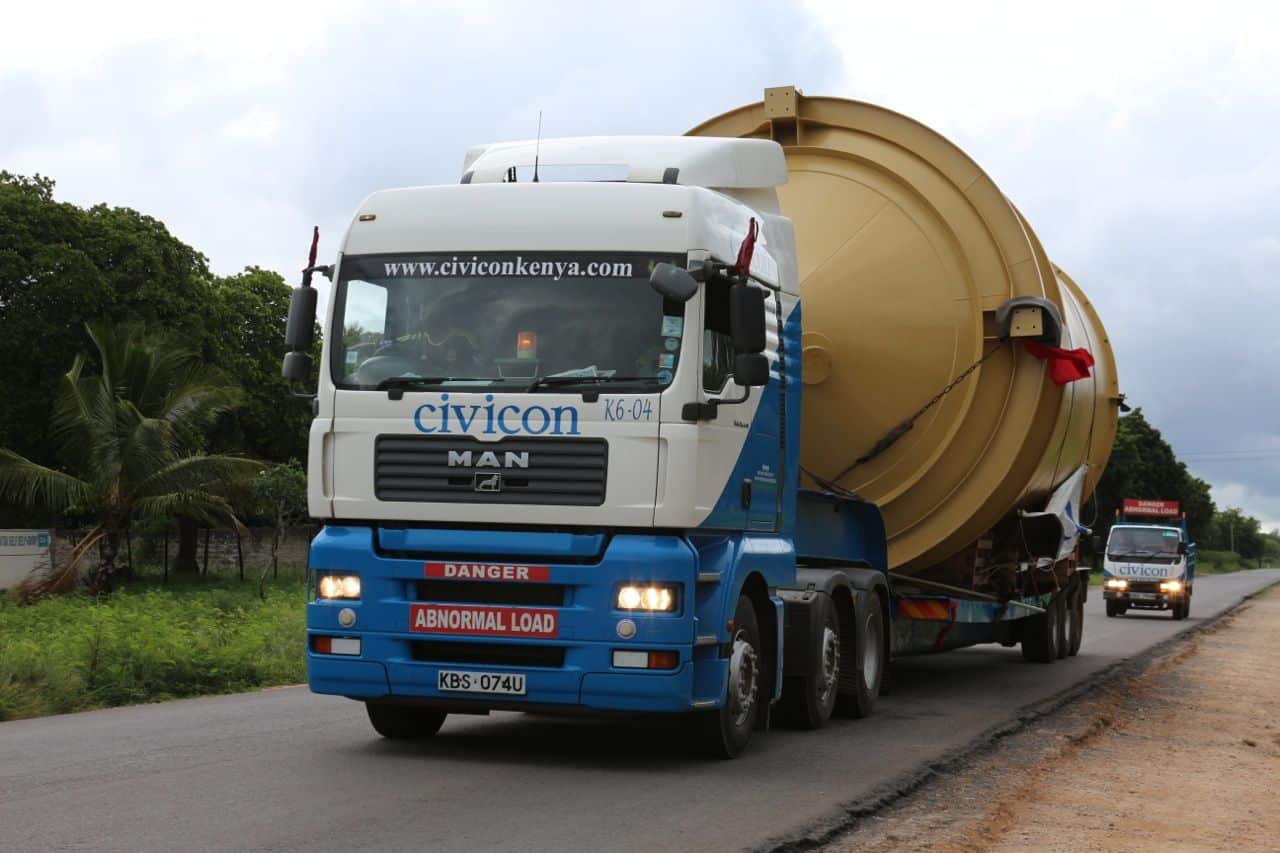





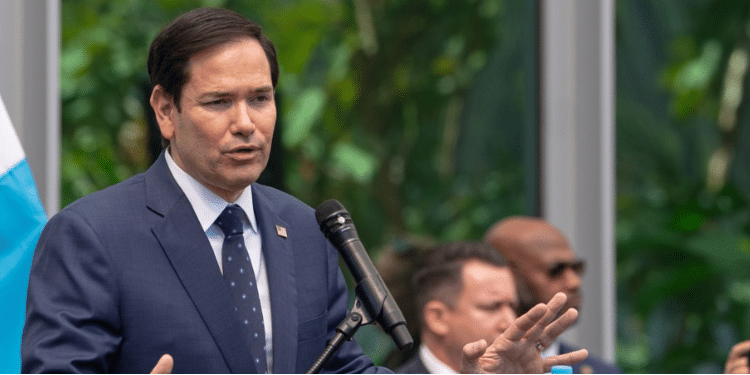

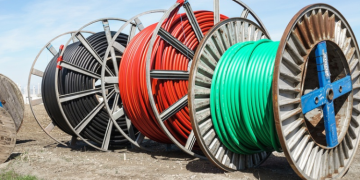


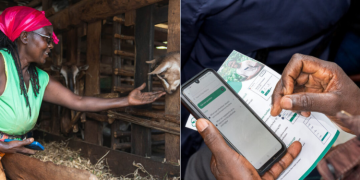





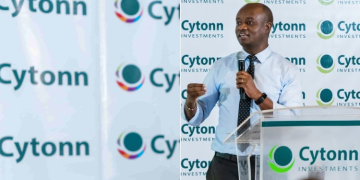
![Billions Each Top Kenyan Bank Has Made So Far In Profits This Year [List] Q3 2025 Results For Equity, Kcb, Co-Op, Absa And Other Banks]( https://thekenyatimescdn-ese7d3e7ghdnbfa9.z01.azurefd.net/prodimages/uploads/2025/11/C0-OP-KCB-Equity-Absa-360x180.png)

